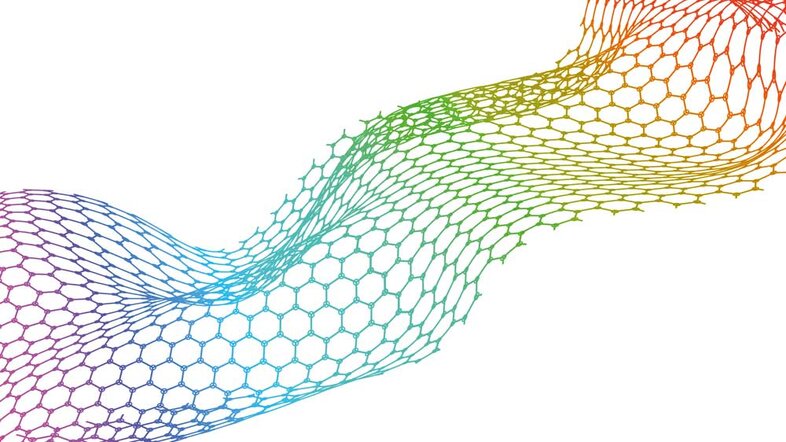New Materials
What the future is made of
11. October 2023
New materials are considered very promising for solving the acute challenges of our time, but they also create new problems. We take a closer look at those materials that have shaped us and those that are yet to come.
Read more about it
- The University of Vienna Middle Egypt Project by Christiana Köhler
- Department of Egyptology at the Faculty of Historical and Cultural Studies
- ERC Synergy Grant-Project MORE-TEM by Thomas Pichler
- Reseach group Electronic Properties of Materials at the Faculty of Physics
- ERC Consolidator Grant Project by Jia Min Chin
- Department of Functional Materials and Catalysis at the Faculty of Chemistry
- ERC Advanced Grant Project "Innovation Residues" by Ulrike Felt
- Department of Science and Technology Studies at the Faculty of Social Sciences
- Chemistry and Materials Technology (Master) at the University of Vienna and TU Wien
- YouTube video about the Master's program "Chemistry and Technology of Materials"
